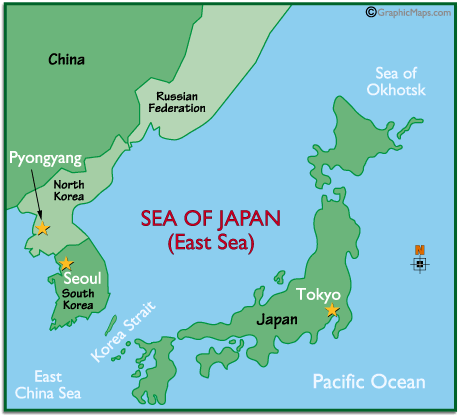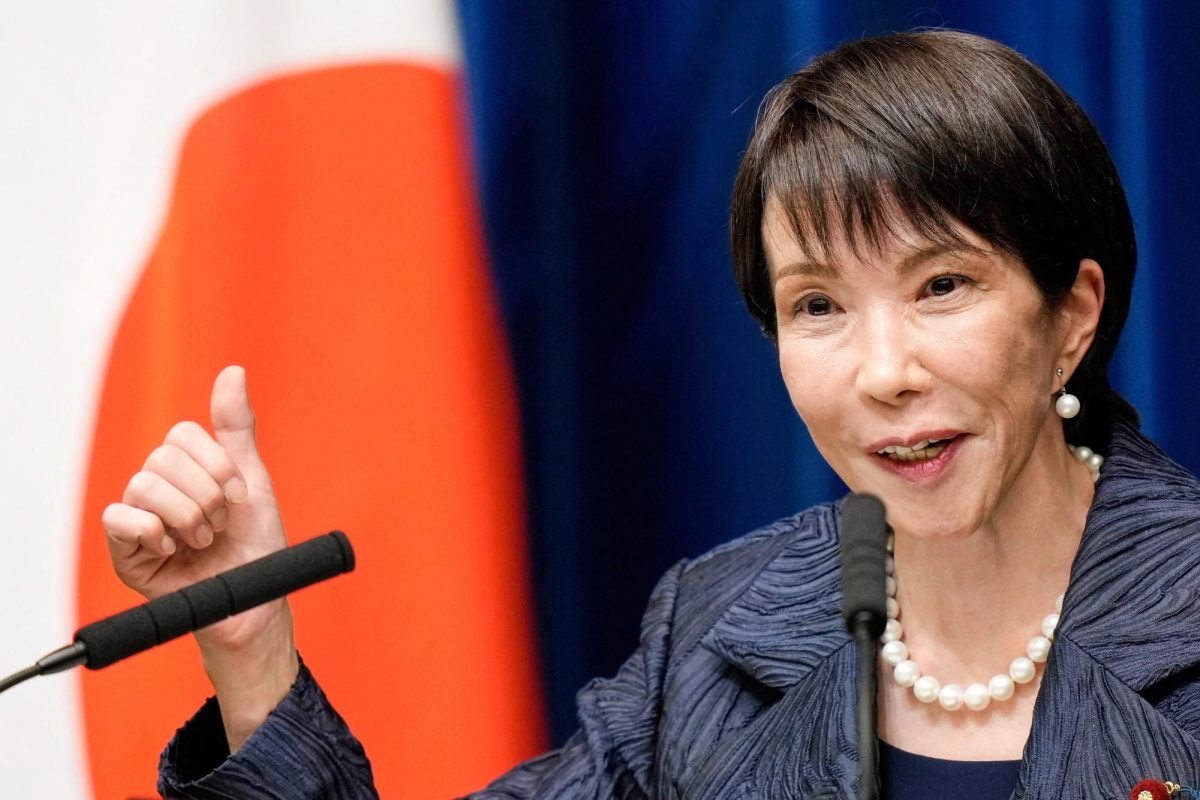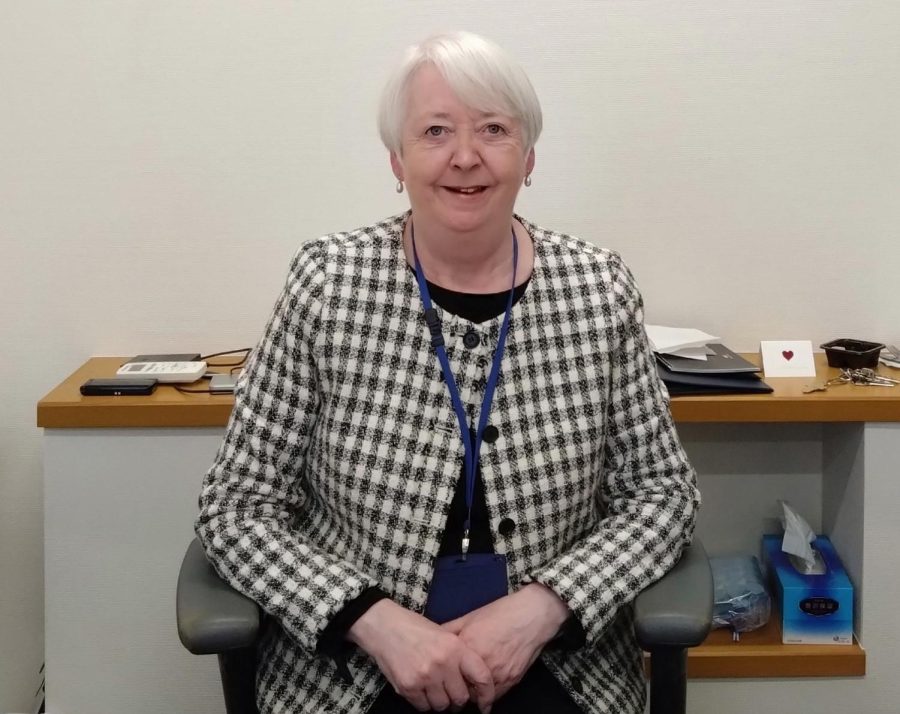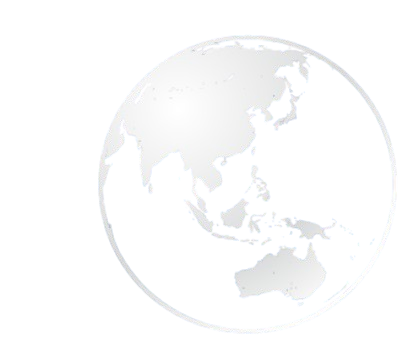You’ve got to name it to own it: geographical naming and what It implies
Geographical names are so simple, yet they imply so much more than we intend. Simply put, they answer the most basic question: Where? However, the name of a place also may signify a certain value of the country or enhance a sense of patriotism or contextualize the country’s history. Therefore, geographical names serve as indexes that facilitate our understanding of the world. Yet, perspectives in which we view the world from–as we, students of Sacred Heart, experience every day in our multicultural classrooms–can vary dramatically according to our upbringings and environments. people from such different backgrounds can bring something unique to the table through conversations, giving our world what it needs: variety and diversity. However, in order for this conversation to serve its purpose, these discussions must be led by open-minded people with respect for each culture represented. Giving (both culturally and historically) correct geographical names to places is the most apparent way to demonstrate this open-mindedness and understanding towards the different cultures and histories in our world.

As important as they are, geographical names have been widely disputed, each arguing for their own group to be represented with due respect to its members history. The renaming of Mt. McKinley in the State of Alaska to Denali, for example, was one event that shed light on the social implications that geographical names can have. This mountain, originally referred to as in its Koyukon Athabaskan name Denali, was stripped from its native name and renamed as Mt. McKinley after the 25th president of the United States. Ironically, however, this Alaskan mountain had no connections to the US president (president candidate at the time). The new name, Mt. McKinley, was given by an American merchant seeking gold in the Alaskan mountains. As he wrote in The New York Sun in 1897 in his article Discoveries in Alaska, the nomination of William McKinley was the first news he and his troops received. Since then, the mountain was called Mt. McKinley until Secretary of the Interior officially changed the name back to Denali in 2015. It had taken nearly four decades to reclaim the native Alaskans’ right to “own” their mountain.
Though geographical names seem insignificant–after all, they are just names–people have fought relentlessly to secure their native names because we know that the power of naming extends to claim the right to own the place. Unfortunately, however, not all of these debates yields favorable results, in which case other means of reaching a compromise are sought. Among these cases is the contentious naming of the sea that lies in between Japan and Korea.
 The unresolved tension between Japan and South Korea dates back to the first half of the 20th century, during the Japanese colonial period–or even further back: the name East Sea has appeared on archival maps for many centuries, dating back to approximately 2,000 years ago. In fact, this name was the dominant label until a Italian Catholic Priest in China, Father Matteo Ricci, recorded the water mass as the Sea of Japan for
The unresolved tension between Japan and South Korea dates back to the first half of the 20th century, during the Japanese colonial period–or even further back: the name East Sea has appeared on archival maps for many centuries, dating back to approximately 2,000 years ago. In fact, this name was the dominant label until a Italian Catholic Priest in China, Father Matteo Ricci, recorded the water mass as the Sea of Japan for
the first time in 1602. However, the conflict arose when the International Hydrographic Organization (IHO)’s declaration in 1929 made Sea of Japan the official name. At the conference hosted by the organization, the IHO conferred with the country members to determine the official marine cartographic name for the sea between Japan and Korea. The unfortunate historical injustice lies in the fact that Korea had no representation at the conference to provide evidence of the indigenous East Sea name because Korea’s government had ceased to exist after 1910 when Japanese colonial rule was established. Consequently, the name Sea of Japan was promoted in the course of their colonial rule, leaving behind numerous maps and publications that still use the name. While there have been efforts to make amends for past conflict from both parties, it is, unfortunately, undeniable that strong negative sentiment still persists, affecting not only the social atmosphere but also the political decisions made by both the Japanese and Korean governments.
I realize that this conflict between the two countries is so deeply rooted that problems, may be misunderstood and misinterpreted due to chauvinistic approaches of the masses–which I believe is the result of lack of education. In other words, geographical naming is taught with a certain bias that gives birth to further jingoistic attitudes and an over-simplified understanding of the history, hindering any further reconciliation between Japan and Korea.
This summer, I worked as an intern at the Northeast Asian History Foundation to investigate this specific case and seek a negotiable resolution to lessen the gap between education and history. Our work in the Foundation stressed that education in high schools should demonstrate objectivity and find a middle-ground that can be acceptable to both countries. The resolution that the Foundation provided was to adopt dual naming (labelling as both Sea of Japan and the East Sea) in all textbooks, maps, and archival documents in print and electronic documents. As much as geographical naming is representative of our perception of the world around us, it is crucial that we incorporate this system to reflect ethnic identity of both parties and educate young people to work in the globalized world with balanced knowledge. While recognizing that history is studied from multiple angles, we often fail to understand the importance of names and the implications they can have to a wider audience. Therefore, it is absolutely necessary that we make an effort to understand what the Sea of Japan means to the Japanese people and what the East Sea means to the Koreans by labelling both names in our maps.
However, seeking a solution is one thing and taking action is another. Organizations such as the Northeast Asian History Foundation continue to seek for negotiations in hopes of educating more people, especially students, on the significance of geographical names. For example, similar legislations are expected to be proceeded in other states of the United States after the Virginia General Assembly passed the House Bill No.11 in 2014 to address the complexity of dual naming. Nevertheless, the system faces problems as larger map-providers such as Google have not yet accepted the label of the East Sea. What’s more, I have realized that some of the maps in our own classrooms at the International School of the Sacred Heart fail to accommodate this recent trend. However, it is for the education of our generation and the next that we must work for, and I believe that Sacred Heart philosophies of achieving scholastic aptitude in the global society underpins this solution.
























































